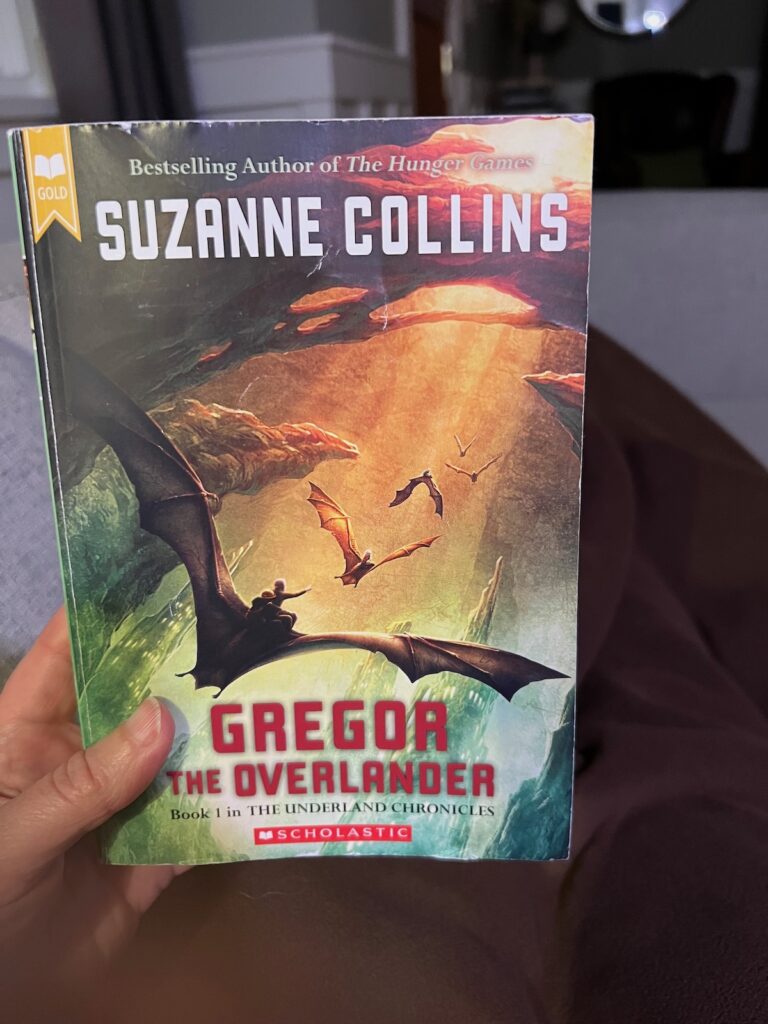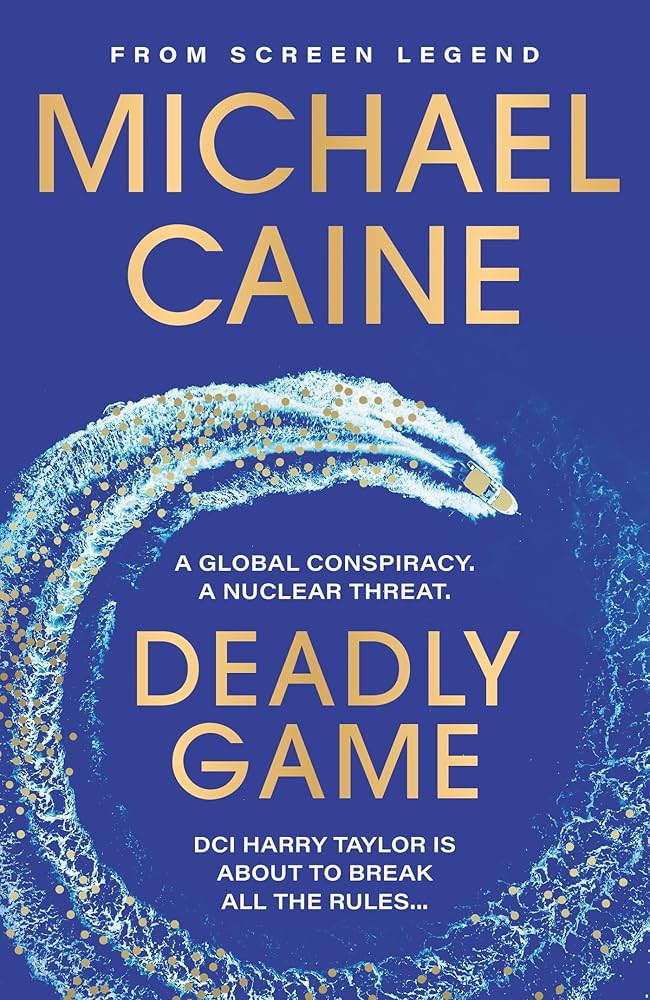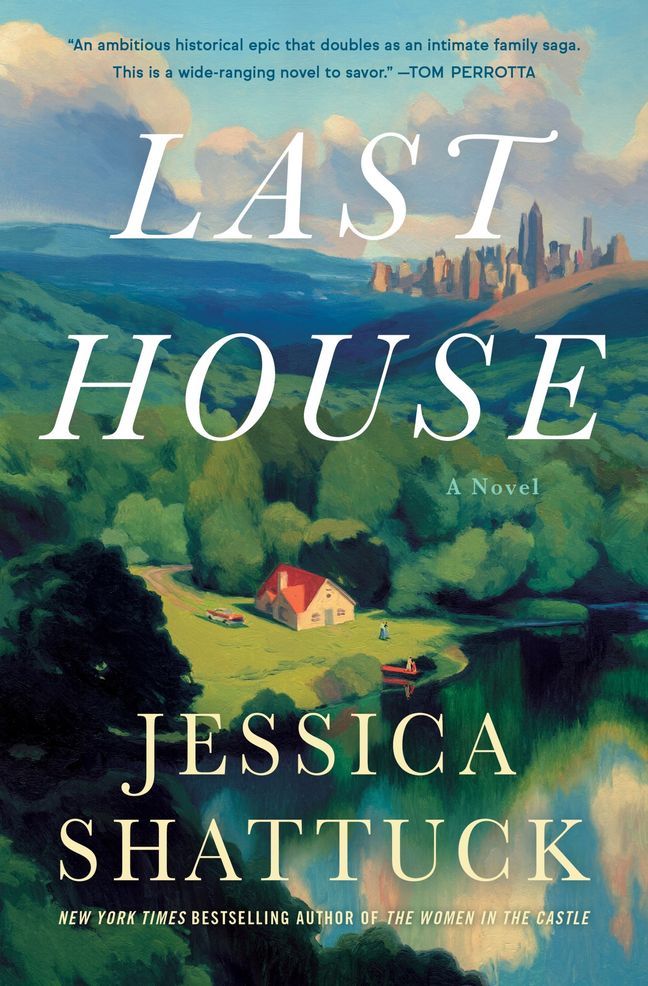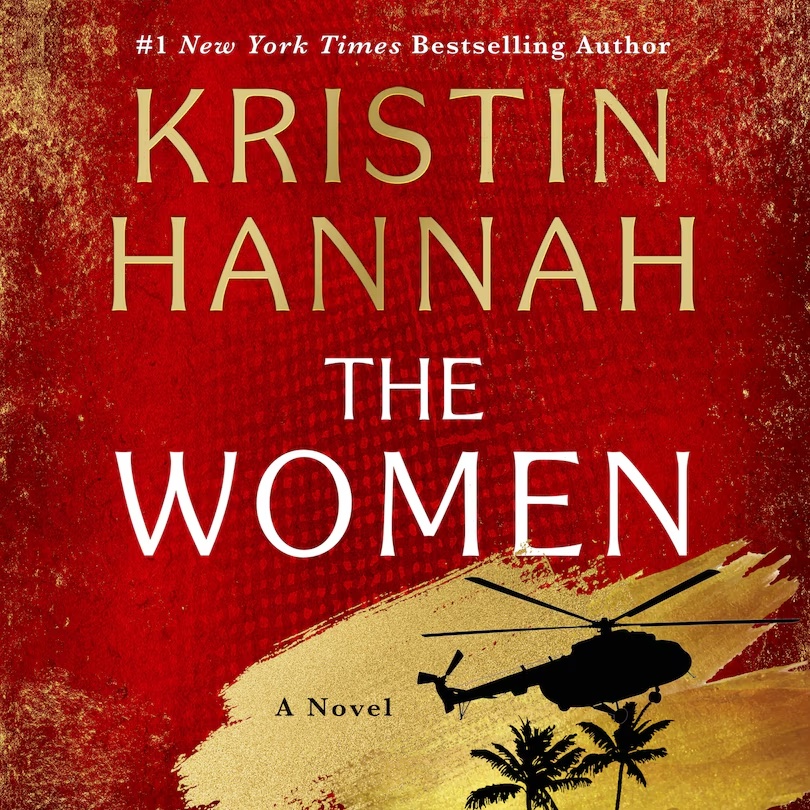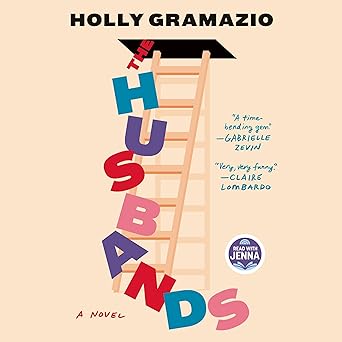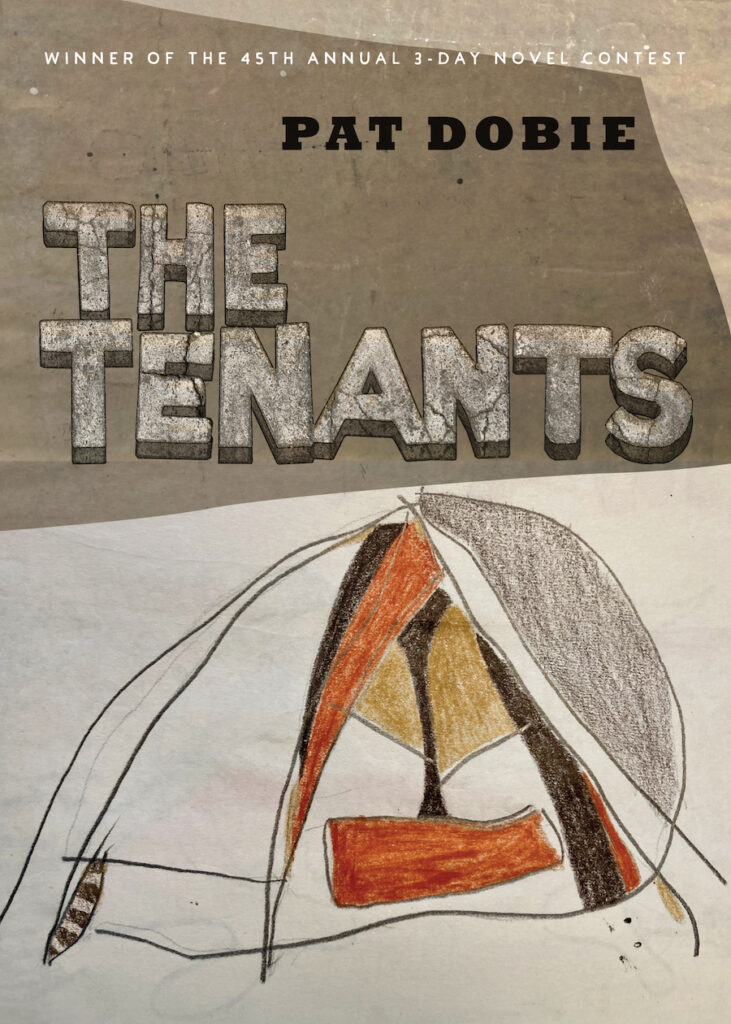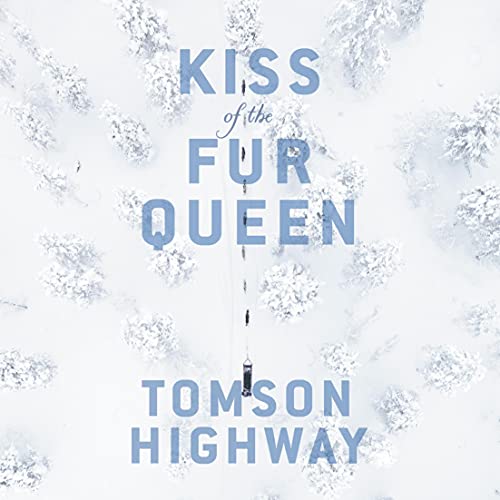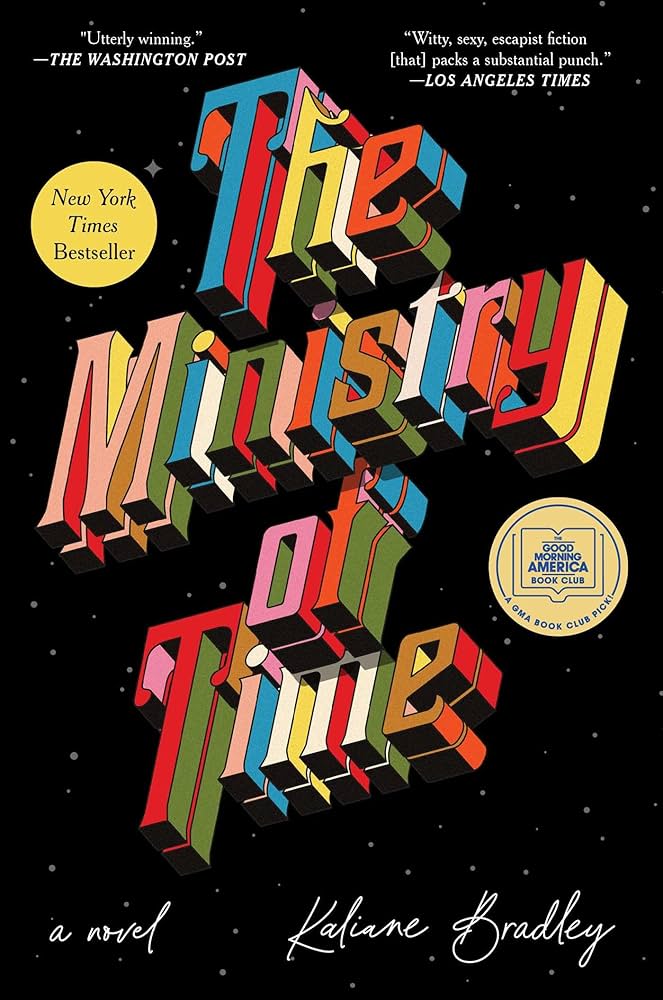
This is a crazy book about a time when the Brits have discovered time travel and they are testing out whether they can bring people from the past into the present. They choose people who they know died in their original timeline so that if time travel does not work or they get sick from it and die then they would have died anyway. It’s a way, I suppose, to not alter history.
There are several civil servants who are assigned to be a “bridge” for the “expats”. Their job is to live with the expats and help them integrate into modern society. Imagine that. If you are Commander Graham Gore (1847), Royal navy commander, and part of the Franklin expedition that disappeared, what do you think about finding yourself in modern-day London? Well that’s exactly what happens. His bridge, our narrator, is an expat from Cambodia and falls in love with Gore. The story line is charming and funny, as Gore is shocked to be living with an unmarried woman, but towards the end things become very complicated. Gore becomes unsure of his purpose in the experiment and who to trust.
Gore’s expats are Captain Arthur Reginald-Smyth (1916), extracted from the Battle of the Somme, WWI, gay or bisexual (modern London is welcoming and he is good friends with Gore); Margaret Kemble (1665), extracted from the Great Plague of London (friends with Gore and Arthur); Lieutenant Thomas Cardingham (1645), Battle of Naseby (suspicious, untrustworthy); and Anne Spencer (1793), woman extracted from the French Revolution (she is not picked up by scanners and is deemed a problem).
The Ministry of Time is a great lark but also clearly about how perspective changes meaning. How do those from the past view the present? How do the modern characters view the lives and values of the expats? How do the expats look back on their lives and actions with a lens of today’s values? How does the Ministry view the expats? Their bridges? How is the Ministry viewed by both. Overall it’s an unforgettable tale with a bunch of hidden lessons.
If you liked The House in the Cerulean Sea then give this a read. It has the same bonkers look at bureaucracy and odd-ball characters.

